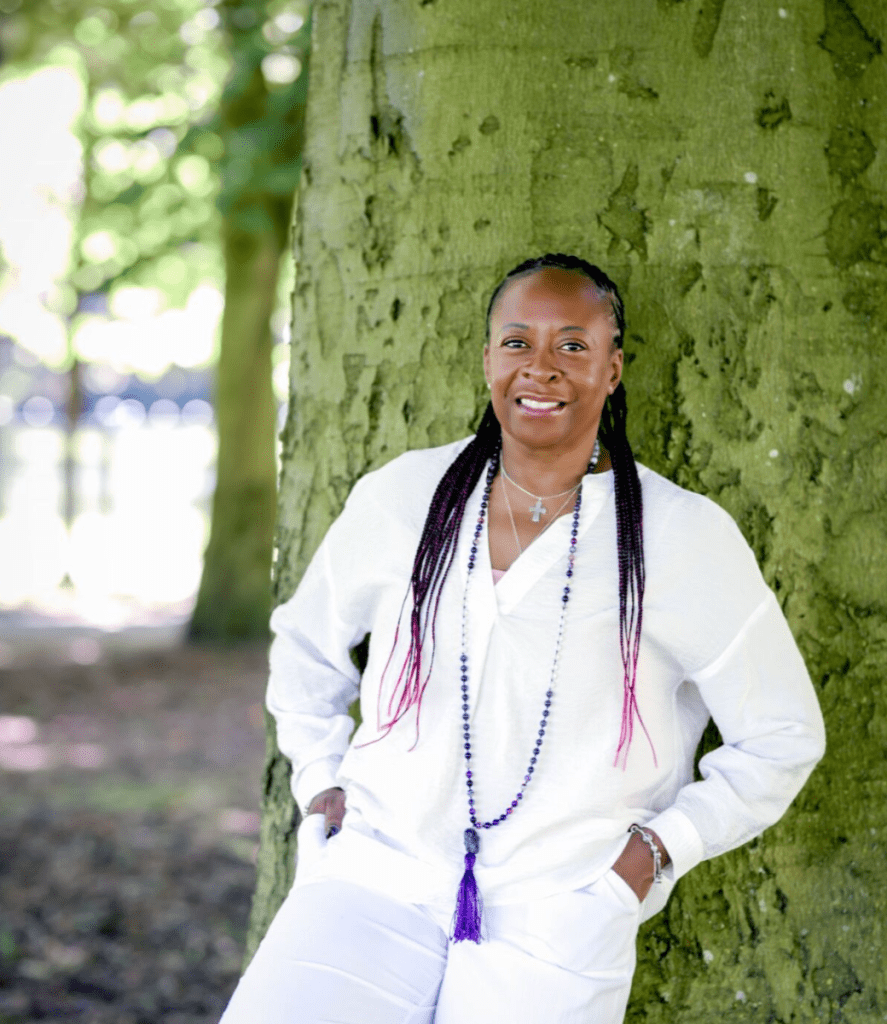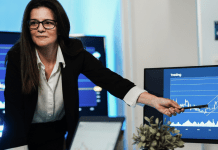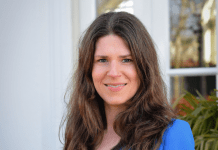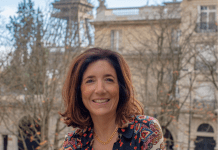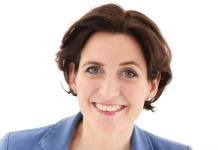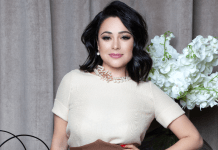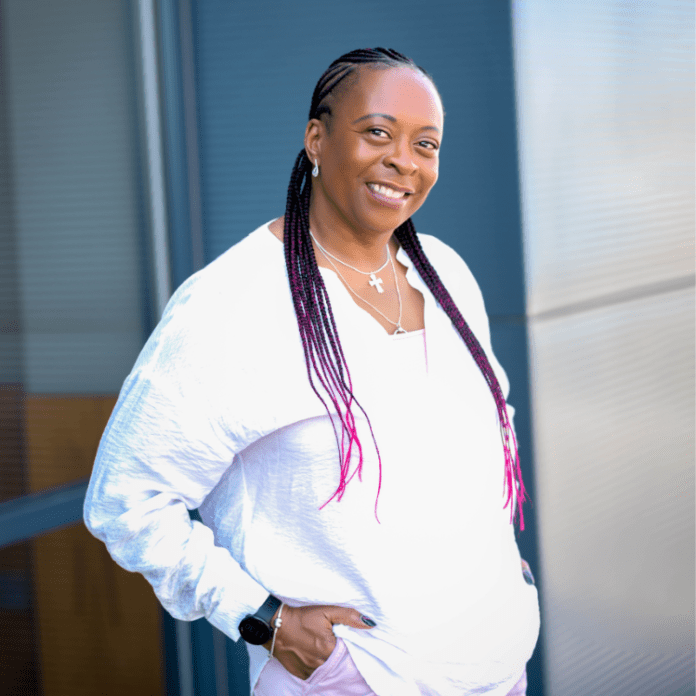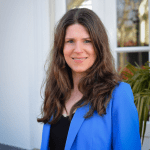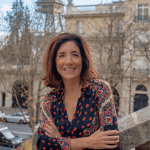There was a time I believed midlife meant slowing down — becoming less visible, less relevant. That’s what the world teaches us, isn’t it? But when everything I knew unravelled — career loss, divorce, post-menopause at 42 — I realized I had a choice: to shrink… or to rise. I chose to rise. Not in a blaze of certainty, but through quiet rebellions — breathwork, journaling, lifting heavy things, and telling myself the truth. Midlife didn’t break me. It broke me open. Midlife became the moment I turned inward and truly listened. And in that fierce focus, I found a version of myself more powerful than ever.
Midlife is often seen as a time of fading, yet you describe it as a time to rise. What helped you see it that way for yourself?
There was a time I believed midlife meant slowing down, becoming less relevant — gently fading into the background. Society primes us to expect that. But when my own life imploded — post-menopause at 42, career loss, divorce — I realised that the woman I had been was no longer enough to carry the truth of who I was becoming.
Midlife became the moment I returned to my body — and started living from within.
It wasn’t immediate. At first, there was grief. Then anger. But slowly, as I rebuilt — through journaling, coaching, breathwork, lifting weights — I began to see a different narrative. Not of decline, but of depth. Not of shrinking, but of sovereignty. I wasn’t fading. I was focusing. And in that focus, I rose.
You experienced post-menopause at 42, career loss, divorce, and deep personal grief—what was the moment you decided not just to survive, but to transform?
It wasn’t a single lightning bolt. It was a series of quiet rebellions.
There was one day — I still remember it — where I stood in my kitchen paralysed by a simple decision, and I thought, “I don’t recognise myself anymore.” That moment broke me open. I realised I had been trying to rebuild my old life, rather than create a new one.
So, I made a vow: not to go back to who I was, but to discover who I was becoming.
I committed to myself — to the rituals, the reflection, the radical honesty. That commitment became the turning point. And that’s where transformation began — not from a place of strength, but from surrender.
What does The Crone Goddess mean to you, and how can other women begin to embody that archetype in their own lives?
The Crone Goddess is not a stage of decline — she’s a sacred archetype of wisdom, self-trust, and embodied truth.
To me, she represents the woman who no longer seeks approval. Who stands rooted in her experience and radiates power from presence, not performance. She’s the woman who has felt the grief, the guilt, the rage — and come out the other side with clarity, compassion, and fierce knowing.
Other women can begin to embody her by reclaiming space. By pausing. By unlearning the myths of “too late” and “not enough.” It starts with witnessing yourself honestly, gently — and choosing to honour what you feel, what you need, and who you are now.
Many women feel guilty for putting themselves first. How do you help them unlearn that?
I help them name it for what it is: conditioning.
We’ve been raised to believe our value lies in giving — our time, our energy, our care — to everyone but ourselves. So, when a woman finally says, “I choose me,” it often feels like betrayal. But it’s not. It’s a homecoming.
In my coaching, I hold space for that discomfort. I challenge the stories. I reflect back the consequences of self-abandonment — and the beauty of self-reclamation.
I remind them: self-first isn’t selfish — it’s foundational.
When a woman rises in her own energy, she becomes magnetic. And everything around her rises too.
Your philosophy centres around Self-Care, Self-Love, and Self-First. Which of those pillars was hardest for you to embrace personally—and why?
Self-First.
Self-care was a ritual I could schedule. Self-love was a journey I could write about. But Self-First? That required confrontation. That meant choosing me — not once, but every day. Even when it upset people. Even when it felt unfamiliar.
For years, I believed that being “good” meant being selfless. But what I discovered is that when I place myself first — not in hierarchy, but in priority — I show up with more presence, more power, and more peace.
Self-First is not about ego. It’s about alignment. And it was the most radical, healing choice I’ve ever made.
Can you share a moment in your coaching journey where you witnessed a woman fully reclaim her power? What did that transformation look like?
There’s one woman who stands out — let’s call her Dee. When we first met, she was exhausted, overwhelmed, and unsure of how to move forward after a health scare and a season of deep personal doubt.
Through our work, she reconnected with her body, her voice, and her vision. She created new rituals, set bold boundaries, and even laughed again — from the belly, not just the throat. She danced barefoot in her kitchen. She cried through breathwork. And most of all, she trusted herself.
The moment I knew she’d reclaimed her power was when she said, “I finally believe I deserve to feel good.” Not just to function — but to truly feel good. That was the shift from merely surviving to fully living.
How does physical strength—like your journey as a powerlifter—tie into emotional and spiritual strength?
Powerlifting was never just about the weight. It was about what I carried — the self-doubt, the grief, the belief that I had to shrink in midlife.
Lifting taught me I could fail and still rise. That strength isn’t given — it’s earned, through practice, presence, and patience.
Emotionally, it helped me feel capable again. Spiritually, it reconnected me to my body — not as something to manage or fix, but as a vessel of wisdom.
When I lift, I embody the Crone. Grounded. Focused. Unapologetically strong.
In your experience, what is the biggest myth society tells about women in midlife, and how do you help break that?
The biggest myth? That midlife is the beginning of the end.
We’re told our worth diminishes with every wrinkle, that our dreams should shrink to match our “age,” and that visibility is reserved for the young.
I break that myth every time I speak, coach, or walk into a room with red lipstick and Crone energy.
I remind women:
You are not fading. You are focusing.
This is your prime — not in spite of your age, but because of it.
“Get Your Sexy Back and Beyond” is such a bold name for a program—what does “sexy” really mean in the context of self-worth and power?
Sexy, to me, is not a look — it’s a state of being.
It’s the way a woman walks when she trusts herself. The way she says “no” with grace. The way she owns her story, her scars, and her softness. That’s sexy.
The “Beyond” is crucial — because this isn’t about getting back to who you were. It’s about becoming someone even more radiant.
In this context, sexy means aligned, alive, and unafraid.
For women standing at the edge of reinvention, unsure of what’s next, what’s the very first step you would ask them to take?
Pause.
That’s always the first step.
Not to figure it all out. Not to make a five-year plan.
But to breathe. To listen. To feel what’s stirring beneath the surface.
Ask yourself:
“What do I need today?”
“What truth am I not speaking?”
“What would choosing myself look like right now?”
You don’t need to leap. You just need to turn inward. That’s where reinvention begins — not in doing more,but in remembering who you already are.
Rooted in Wisdom. Rising in Power.
